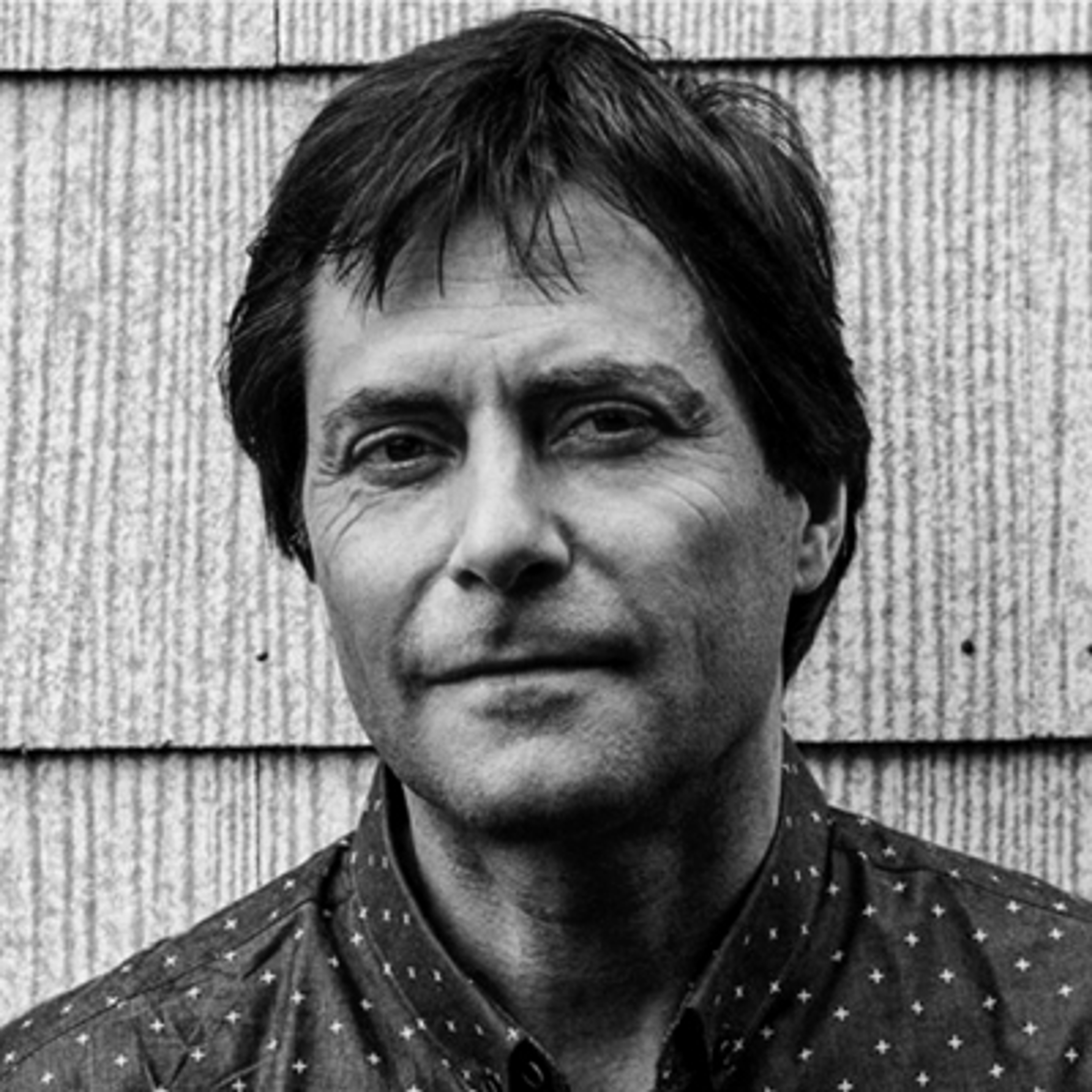Max Tegmark

Max Tegmark is an MIT physics professor with more than two hundred technical papers, many of which have been featured in dozens of science documentaries. He is co-founder of the Future of Life Institute, whose mission is to catalyze and support research and initiatives for safeguarding life and developing optimistic visions of the future, including positive ways for humanity to steer its own course considering new technologies and challenges. Known as “Mad Max” for his unorthodox ideas and passion for adventure, his scientific interests range from precision cosmology to the ultimate nature of reality, all explored in his new popular book “Our Mathematical Universe”. His work with the SDSS collaboration on galaxy clustering shared the first prize in Science magazine’s “Breakthrough of the Year: 2003.” He is founder (with Anthony Aguirre) of the Foundational Questions Institute.